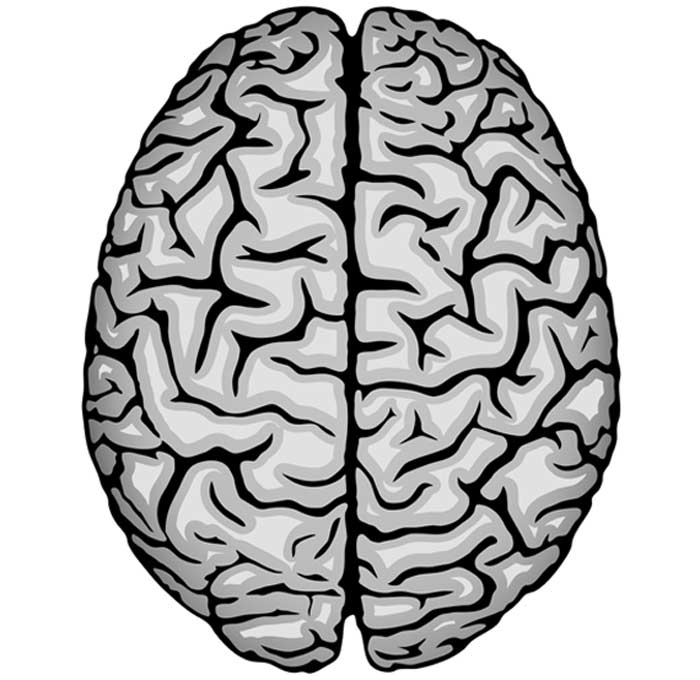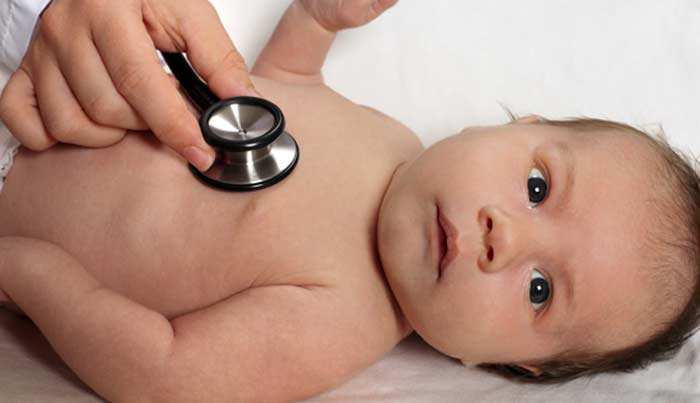
Cerebral palsy originates in the part of the brain that controls muscle movement.
The term cerebral palsy (CP) describes a group of disorders that impair balance, muscle tone, and mobility. “Cerebral” means the disorder involves the brain, and “palsy” is a word for a condition that weakens or otherwise impairs the muscles.
In most cases, the condition is congenital and is caused by a failure of the brain to develop properly. It can also be caused by brain damage sustained during birth or in very early childhood. The latter type is sometimes called “acquired” cerebral palsy.
What are the Symptoms?
Patients with cerebral palsy can display a wide range of symptoms. They can include the following:
- Delays in reaching motor skills milestones like crawling or sitting up without help
- Ataxia or lack of muscle coordination
- Variations in muscle tone, like being too floppy or too stiff
- Spasticity or abnormally stiff muscles paired with exaggerated reflexes
- Trouble walking and/or an abnormal gait
- Trouble swallowing and/or excessive drooling
- Seizures
- Tremors


Cerebral palsy may affect only one limb, or it may affect one side of the body. It can also affect the whole body. While the brain disorder causing the symptoms isn’t degenerative, some of the muscle problems, like rigidity and shortened muscles, will get worse without treatment.
Cerebral palsy ranges in severity. Patients with mild cases may have only a few problems with muscle control, while those with more severe cases can’t walk. Similarly, some patients have normal intelligence, while others have intellectual disabilities. Some patients can speak normally while others have speech impediments.
How it’s Treated
There is currently no way to cure the brain damage that causes cerebral palsy, but there are ways to manage the various symptoms. Since cerebral palsy varies widely in its severity and types of symptoms, the treatment will have to be tailored to meet the patient’s needs.
The overriding goals of the treatment will be to improve the patient’s mobility, improve their quality of life, and help them learn to do as many things on their own as possible. While some patients will be able to live independently, others will not.
Patients with cerebral palsy will often need a medical team overseen by their pediatrician or primary care doctor. Specialists on the team can include a physical therapist, speech therapist, orthopedic surgeon, neurologist, and an occupational therapist.
There are medications that can relieve pain and/or reduce muscle spasticity. The doctor might recommend a medication depending on whether the spasticity affects only a few muscles or the patient’s whole body. Botox injections, for example, can help patients with localized muscle spasticity and excessive drooling. The doctor would administer the injections every three months. Patients with body-wide spasticity can be given oral muscle relaxants.
Physical therapy will often be an important part of a patient’s treatment. If the patient is an infant or very young child, a physical therapist can help them learn to grasp and control their head and trunk movements. As the child gets older, the physical therapist will help assess the child’s need for a wheelchair or other assistive device.
The doctor may recommend braces or splints to help the patient walk and to keep their muscles from getting too rigid. They will also teach the patient different exercises to improve their mobility, flexibility, balance, and strength.
